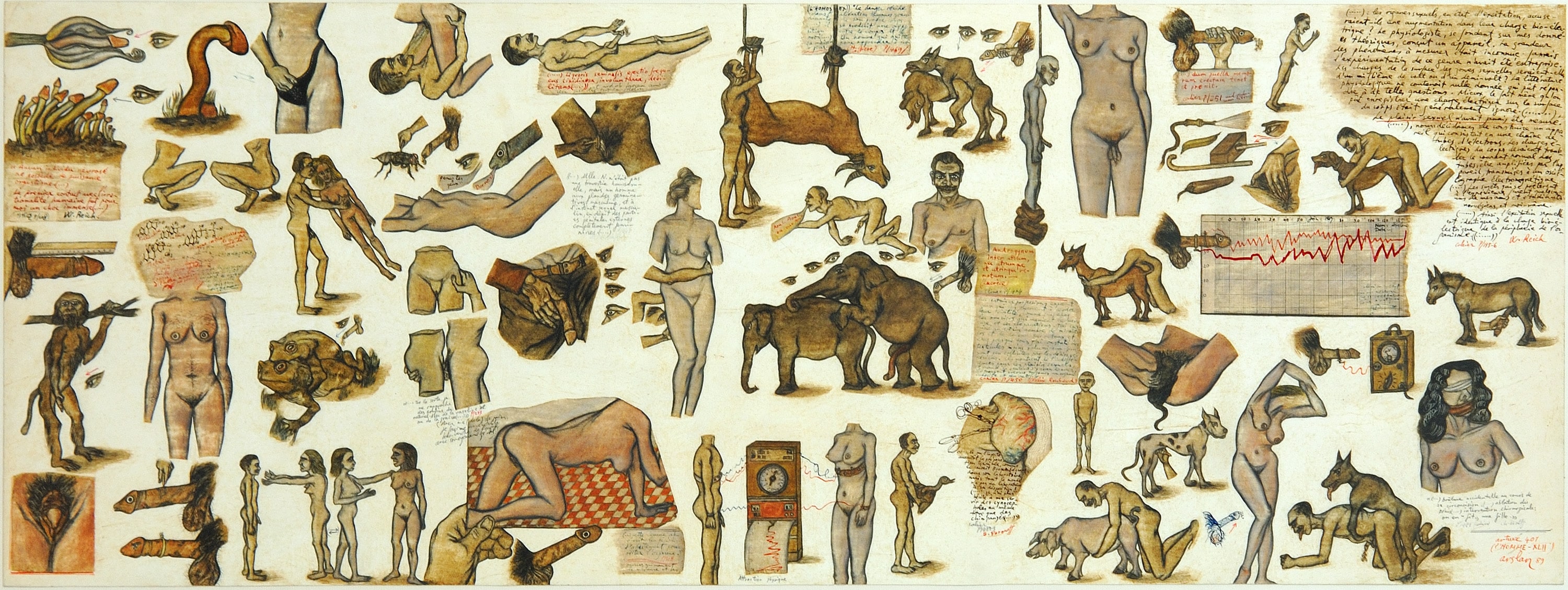Director: Rebecca Zlotowski
Cast: Léa Seydoux, Anaïs Demoustier,
Agathe Schlenker
France, 80’, 2010, color
French with Turkish
subtitles
Zlotowski’s
Belle Épine is a coming of age story about a teenage girl dealing with the death
of her mother and absentee father. The girl loses herself in antisocial
behavior, turning away from her Jewish heritage personified by her supportive
aunt and uncle, and drawn into the orbit of a wrong-side-of-the-tracks classmate
and her biker friends, who gather for chaotic, sometimes lethal night-time
motorcycle meets on the edge of town. The film won the prestigious Prix Louis
Delluc and was nominated for a César Award for lead actress Léa Seydoux. The
strikingly intimate portrait of a seventeen-year-old girl follows her transition
from disaffected youth to premature adulthood with astute psychological
observation.

A firm believer in the idea that a collection needs to be upheld at least by four generations and comparing this continuity to a relay race, Nahit Kabakcı began creating the Huma Kabakcı Collection from the 1980s onwards. Today, the collection can be considered one of the most important and outstanding examples among the rare, consciously created, and long-lasting ones of its kind in Turkey.
Tuesday - Saturday 10:00 - 19:00
Friday 10:00 - 22:00
Sunday 12:00 - 18:00
The museum is closed on Mondays.
On Wednesdays, the students can
visit the museum free of admission.
Full ticket: 300 TL
Discounted: 150 TL
Groups: 200 TL (minimum 10 people)